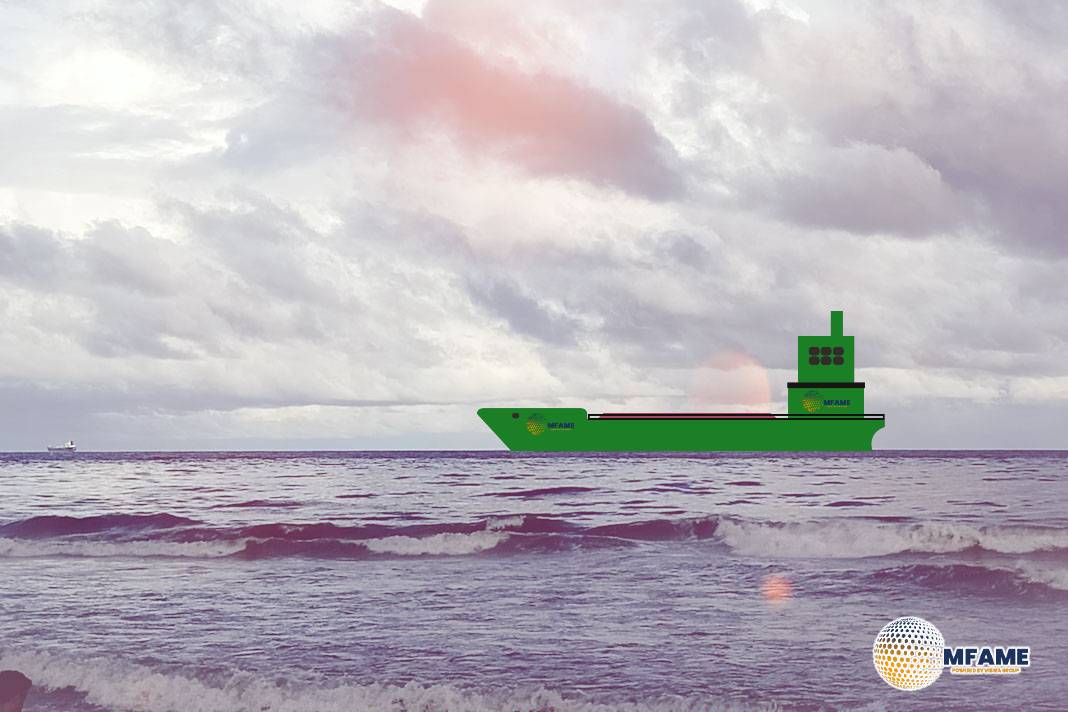- Oil and Product Flows Plummet as Ships Reroute.
- LNG Shipments Nearly Halt in Security Fallout.
- Crude Prices and Freight Rates Edge Up.
Yemen-based militants have kicked off a new wave of attacks on merchant vessels as of early July, breaking a months-long lull and raising fresh security alarms across the Red Sea. These incidents mark the first of 2025 and are among the most serious we’ve seen, with initial reports suggesting that some vessels have sunk and crew members have suffered casualties, reports S&P Global.
Impact Since the Gaza Conflict
Since the Gaza conflict erupted in October 2023, more than 130 vessels thought to be associated with certain Western and Israeli interests have come under fire. The militants claim these actions are a show of support for the Palestinians, and they’ve thrown a significant wrench into the usual maritime operations in the area.
Rerouting Increases Shipping Distance and Costs
In response, most commercial operators have steered clear of the Red Sea corridor, choosing instead to take the longer route around Africa. This detour adds nearly two weeks to transit times between Asia and Europe, which in turn hikes up operational costs and leads to increased fuel consumption and ton-mile demand.
Even with the renewed threats, some tankers are still navigating through the Bab al-Mandab Strait. Still, overall vessel traffic through this critical chokepoint has plummeted by over 60% compared to the figures we saw before the conflict began.
A Sharp Decline in Transit Volumes
- Ship Traffic: Daily transits through Bab al-Mandab plummeted to 28 in early July, a stark drop from over 70 before the conflict began.
- Oil Throughput: Flows heading to the canal decreased to 3.9 million barrels per day (b/d) in 2024, down from 7.9 million b/d in 2023.
- Red Sea Flows: Crude and product volumes fell to 2.5 million b/d in 2024, a significant drop from 6.9 million b/d last year.
- Cape Rerouting: Oil shipments around Africa’s southern tip increased to 8.4 million b/d, up from 6 million b/d in 2023.
- LNG: Red Sea LNG flows have nearly come to a halt due to safety concerns and asset risks.
Rising Prices and Freight Rates
- Crude Oil: Brent crude prices rose to $72.045 per barrel on July 8, up from $70.730 on July 4.
- Product Tankers: Medium-range rates climbed to $40.63 per metric ton (from $38.75), while long-range rates increased to $27.78 per metric ton (from $25.56).
- Suezmax: Rates for Red Sea–Asia routes remained stable at $29.28 per metric ton.
- Containers: No immediate changes in rates; the North Asia–Mediterranean lane stayed at $3,500 per forty-foot equivalent unit (FEU).
Insurance Premiums Surge
War risk premiums for hull and machinery have now surpassed 0.70% of hull value, a jump from 0.30% before the recent attacks and just 0.05% before late 2023.
Infrastructure Strains Along Alternate Routes
With fewer ships passing through the Bab al-Mandab Strait, the pressure has now shifted to other port areas:
- Bunkering Activity: We’ve seen a significant increase in Mumbai (+88%), Sohar (+47%), and Jeddah (+25%), while Djibouti has experienced a drop (–58%).
- Fuel Sales: Port Louis has seen its bunker volumes double to 1 million metric tons in 2024.
Limited Impact on Gulf Export Facilities
The key oil export infrastructure in the Middle East is mostly holding steady. The Red Sea continues to be crucial for east-west crude flows, although operators are making some adjustments due to rising risks.
Did you subscribe to our daily Newsletter?
It’s Free Click here to Subscribe!
Source: S&P Global















![[Watch] Crazy Power Needed to Move World’s Largest Containerships](https://mfame.guru/wp-content/uploads/2023/11/mfame-tanker-100x70.jpg)

